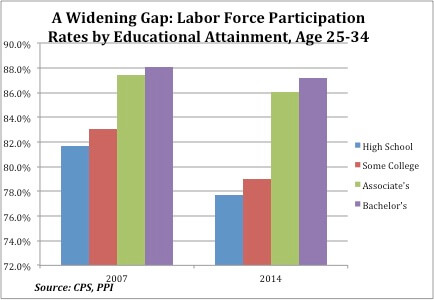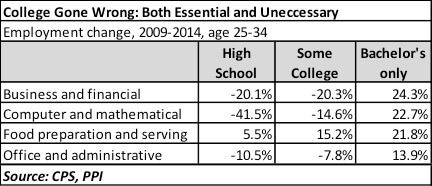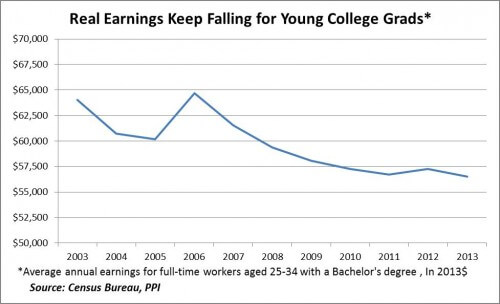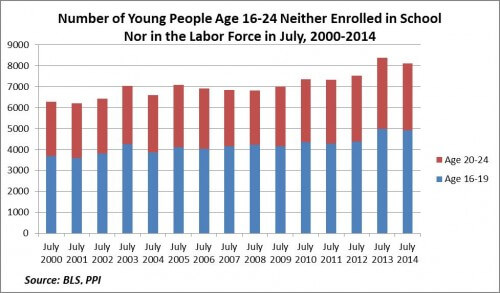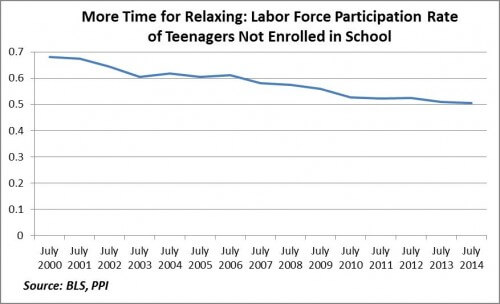If any state ought to be pro-trade, it’s California. America’s second-largest exporter, after Texas, the Golden State boasts 840 miles of coastline rimming the burgeoning Asia-Pacific economy, as well as the nation’s busiest port, Los Angeles. Trade supports the jobs of more than 1 in 5 Californians.
Yet most of California’s overwhelmingly Democratic Congressional delegation refuses to support President Obama’s trade agenda.
Only two of the state’s 39 House Democrats – Reps. Ami Bera of Sacramento and Jim Costa of Fresno – have publicly backed Obama’s request for trade negotiating authority (or TPA in Washington speak). The rest are either opposed or undeclared. Has this famously entrepreneurial, outward-looking and future-oriented state suddenly caught the protectionist virus?
Not likely. It’s true that trade has become a tough issue for Democrats in recent decades as California has become more liberal. But the White House did manage to muster double-digit support among House Democrats there for pacts with Korea and Panama. The paucity of support this time may reflect Obama’s declining clout, but it’s also a testament to the success of a ham-fisted campaign of political intimidation spearheaded by organized labor.
In a raw display of financial muscle, the AFL-CIO has frozen all contributions to Democrats until after the TPA vote. Not only that, but labor and anti-trade “progressives” promise to spend lavishly on primary challenges to defeat Democrats, and if that doesn’t work, to spend more against them in the general election – to the benefit of Republicans.
Remember that the next time you hear progressives bemoaning the sinister power of money in American politics. It’s insidious all right, but it’s hardly confined to the Koch brothers and right-wing super PACs.
Continue reading at the Daily Beast.




